Salvia Splendens Light Yellow Plant
₹377.00 ₹339.00
It is a good nectar plant for hummingbirds, butterflies, and bees, and birds eat the seeds of some species.Some varieties, such as culinary sage, are edible to humans as well
Description
Purchase Description
- Salvia Splendens Light Yellow Plant
- Product Material : Natural Plant With Pot , Quantity : 1
- Pot : Height : 5 Inches (13 cm), Pot Colour : Black (Plastic)
- Very easy to maintain and Suitable for gifting to Plant Lovers
Plant Description
Each species may have slightly different requirements, but basic good care will go a long way to keeping your salvia healthy and beautiful.
Bi colors are also available, with red, rose or salmon colored flowers with white tips.
| Common Name | Tropical sage, Salvia |
| Flower Colour | Light Yellow |
| Bloom Time | March to October |
| Height Specification | Up to 3 feet |
| Growing Care | Easy |
Care for Salvia
- Most salvia like lots of sun, although a few species tolerate very light shade.
- If your garden does not have adequate drainage, mix stones, gravel or lava rock into the bottom of the hole when you plant your salvia.
- Using a trowel, dig a hole as deep and twice as wide as the pot the salvia transplant is in.
- Loosen the roots of the salvia, spread them out in the hole, and backfill with soil mixed with compost.
- Be sure to water the young plants regularly until they are fully grown so that they don t dry out.
- Prune the heavier, woody stems every spring.
-
PLANTING
WHEN TO PLANT SALVIA
- Plant salvias after all danger of frost is past in the spring. See local frost dates.
-
CHOOSING AND PREPARING A PLANTING SITE
- Salvias prefer full sun and well-drained soil. Many varieties will also do well in part-shade.
- Loosen the soil to a depth of 12 inches, removing any large stones or roots.
- Mix in a 3-inch layer of compost to provide nutrients.
-
HOW TO PLANT SALVIA
- Dig a hole twice the diameter of the container the plant is in.
- Remove the plant from its container and place it in the hole so the top of the root ball is level with the soil surface.
- Space plants 1 to 3 feet apart, depending on the variety.
- Carefully fill in around the plant and firm the soil gently.
- Water thoroughly.
-
CARE
HOW TO GROW SALVIA
- Add a thin layer of mulch around the plant to retain moisture and control weeds.
- Keep soil moist through the growing season.
- Remove faded flowers to encourage continuous blooming.
- Wait until new growth begins in early spring to remove old stems.
- Divide perennial salvias every 3 years. The best time to divide is in early spring, before new growth begins.
-
PESTS/DISEASES
- Powdery mildew
- Aphids
- Spider mites
- Whiteflies
- Root rot
- Botrytis blight
-
RECOMMENDED VARIETIES
There are over 900 species of salvias and many of the tender perennial species are popular as annuals in regions where they are not fully winter hardy.
The following common salvias are usually grown as annuals. They may be grown as perennials in warmer regions.
- Scarlet or Texas Sage (Salvia coccinea) – Scarlet sage has bright red flowers on 10-inch spikes. It is hardy in Zone 9 and higher.
- Pineapple Sage (S. elegans) – Pineapple sage has bright red edible flowers in late summer and the leaves have a pineapple fragrance.
- Bedding Sage (S. splendens) – The common bloom color is scarlet red but it also comes in purple, orange, lavender, yellow and white. Bedding sage has heart-
shaped leaves.
Disclaimer: The image is for reference purposes only. The actual product may vary in shape or appearance based on climate, age, height, etc.
Only logged in customers who have purchased this product may leave a review.

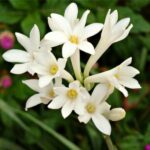

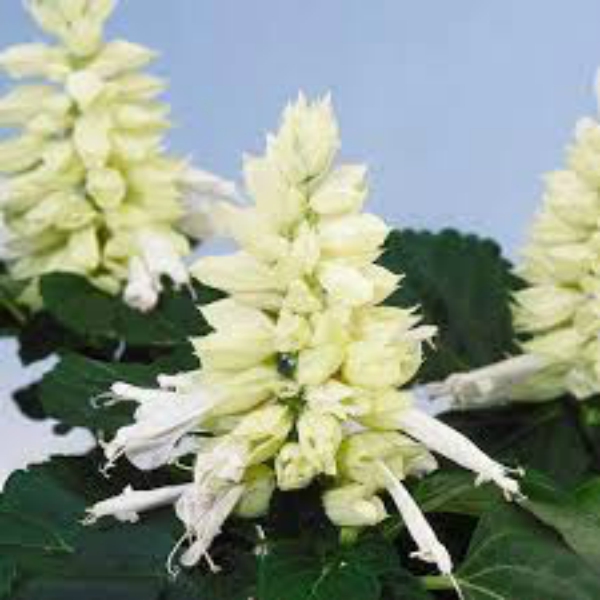
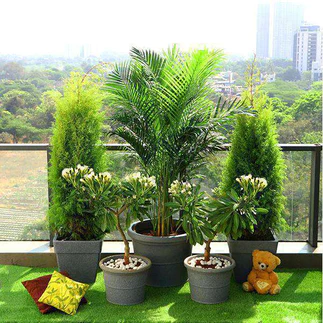
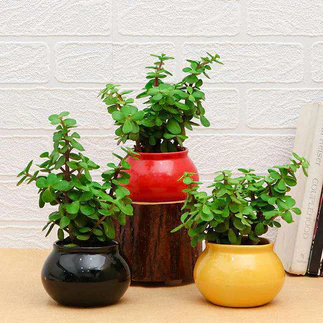
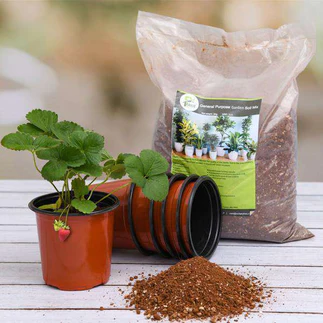
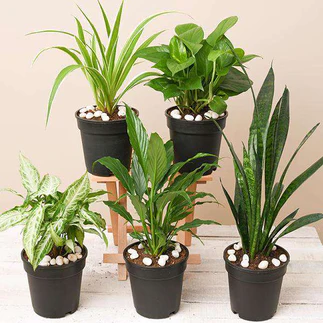
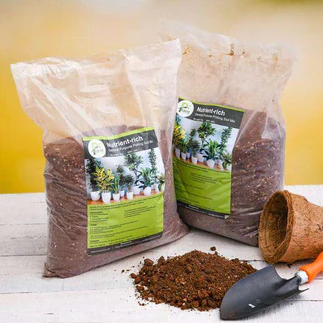
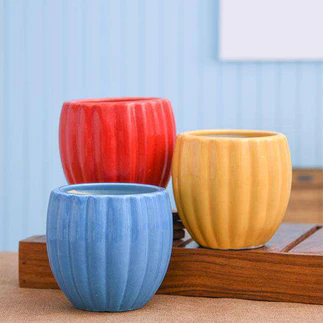
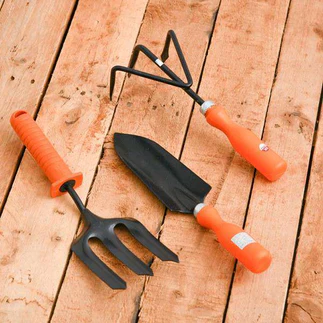
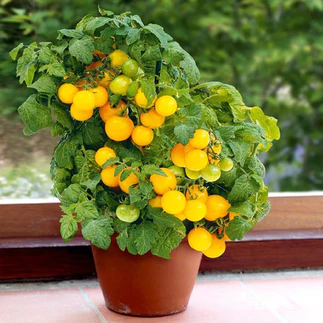
Reviews
There are no reviews yet.